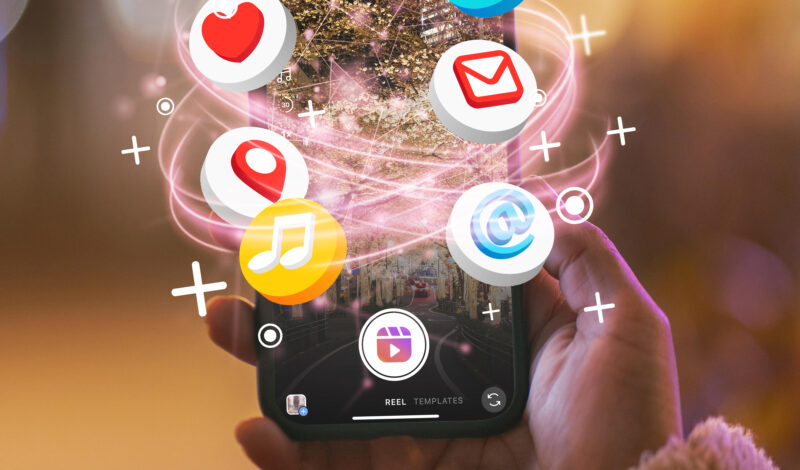The secret lies in a simple 3-step framework that forms the foundation of successful marketing: Grab Attention, Keep Attention, and Turn Attention into Action.
Step 1: Grabbing Attention – The Hook, Line, and Sinker
Imagine you’re casting a line into a crowded pond. Your bait, the attention-grabbing element, needs to be enticing enough to stand out from the countless others vying for the same fish (your audience). This “bait” can take many forms:
- Headline: A powerful headline acts as the first impression in blog posts, emails, or social media content. Craft something intriguing, informative, or even slightly provocative to pique interest and compel a click.
- Subject Line: In emails, the subject line is your golden opportunity. Make it clear, concise, and relevant to the recipient’s needs. A touch of urgency or curiosity can also be effective.
- Ad Copy: Advertising thrives on impactful visuals and concise messages. Highlight a problem your audience faces and offer a glimpse of the solution you provide. Keep it punchy and memorable.
Remember: Don’t oversell or mislead. Your headline should accurately reflect the content it introduces.
Step 2: Keeping Attention
You’ve hooked your audience, but the work’s not done! Now you need to keep them engaged and interested in what you have to offer. Here’s where the “reel” comes in:
- Body Copy: Whether it’s a blog post, landing page, or email content, your body copy should be informative, engaging, and well-written. Explain your value proposition, address your audience’s pain points, and offer solutions in a clear and concise way.
- Visuals: Human beings are visual creatures. Use high-quality images, infographics, or videos to break up text and enhance understanding.
- Storytelling: Weave storytelling elements into your content. People connect with narratives, so use case studies, customer testimonials, or even personal anecdotes to illustrate your points.
Remember: Keep your audience in mind. Tailor your language, tone, and examples to resonate with their specific needs and interests.
Step 3: Turning Attention into Action – The Big Catch
You’ve reeled them in, showcased your value, and now it’s time to land the catch – converting that attention into action. Here’s where a strong Call to Action (CTA) comes into play:
- Clear CTAs: Tell your audience exactly what you want them to do next. Whether it’s “Download Our Free Ebook,” “Schedule a Consultation,” or “Sign Up for Our Newsletter,” make sure your CTA is clear, concise, and easy to find.
- Benefits-Oriented: Focus on the benefits your audience will receive when they take action. Instead of simply saying “Click Here,” frame it as “Unlock Your Free Guide to Success” or “Start Your Free Trial Today.”
- Multiple CTAs: Consider offering multiple CTAs catering to different audience segments. For example, include a CTA for a detailed product brochure alongside another for a quick demo.
Remember: Make it easy to take action. Ensure your CTAs are prominent, visually distinct, and lead to user-friendly landing pages or forms.
By mastering these three simple steps, you can transform your marketing efforts. Craft attention-grabbing hooks, keep your audience engaged with informative and compelling content, and guide them towards a clear and actionable CTA. It’s a marketing magic trick that anyone can learn and use to achieve success!





